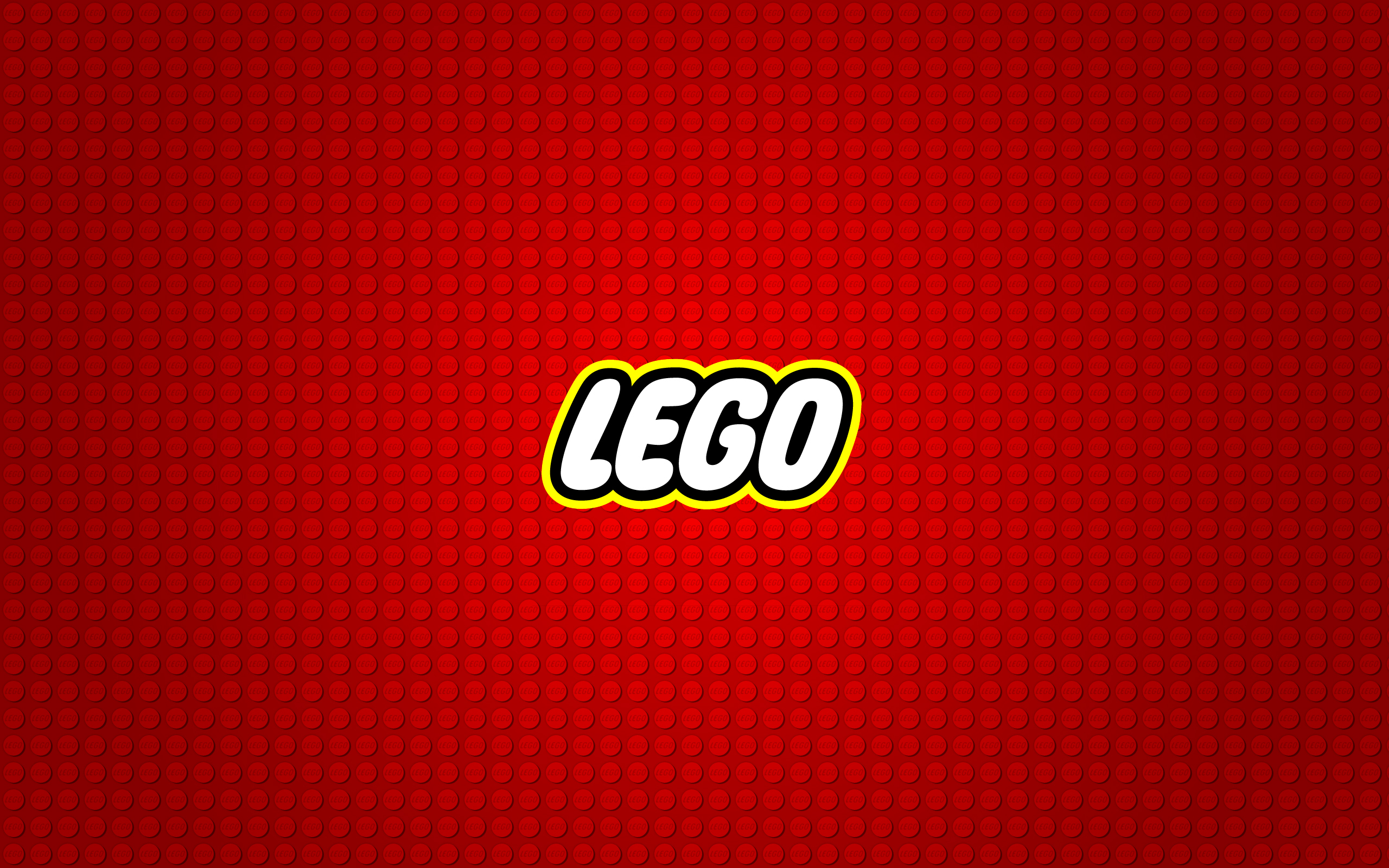Brand Stories: The Rise, and Fall, and Rise… of LEGO
March 12, 2014 - by Matt CannonLEGO began laying bricks for a successful business in 1932. The company faced a number of challenges throughout the years, and was able to pull off one of the most incredible turnarounds in corporate history. In the early 2000’s, the company went from the brink of bankruptcy to the most profitable toy company on the planet.
The History
The name LEGO is an abbreviation of the Danish phrase “leg godt,” meaning “play well,” and can also be loosely interpreted as “I assemble” in Latin. In 1949, LEGO first introduced the original plastic interlocking building bricks. Today, it offers unique plastic building blocks, kits, and sets that change with current trends.
The Fall
After building up assets over the decades, LEGO began to lose its focus as an organization, while spreading its resources too thinly. As a result, the company nearly went bankrupt in 2004. Facing harsh competition from Mattel and Hasbro, sales decreased 40% in only two years. But that was just the tip of the iceberg. As noted in an Economist article in late 2006,
[t]he logic of diversification was compelling . . . but LEGO went about it the wrong way. It tried to become a lifestyle brand with its own lines of clothes, watches and video games. And as it tried to attract more girls, it started to neglect its main customers, boys aged five to nine. [According to Jorgen Vig Knudstorp, CEO of LEGO Group,] ‘we had become arrogant—we didn’t listen to customers any more.’
The Turnaround
To restore its position in the industry, the company embarked on a long-term and very painful turnaround strategy. Around 3,500 of the company’s 8,000 employees were laid off. LEGO began divesting or discontinuing products that were not solely focused on their core product. It sold four theme parks, the video game development division, and shortened the time spent in product development. It also focused more on adult customers, who account for nearly 10% of sales. And last but not least, the company pivoted to focus much of its business on a new revenue stream that proved to be prophetic: product licensing.
With the new strategy in place, the company quickly worked its way out of debt and became the fastest growing company in the industry. By shifting its market positioning, brand strategy and business strategy, taking advantage of licensing opportunities, and refocusing their efforts and resources on their core product, LEGO was able to restore its firm foothold with many customers that it had lost, both young and old.
- < Previous Brand Stories: Adidas and the Three Stripe Experiments
- Next > Brand Positioning for Men's Grooming Products





